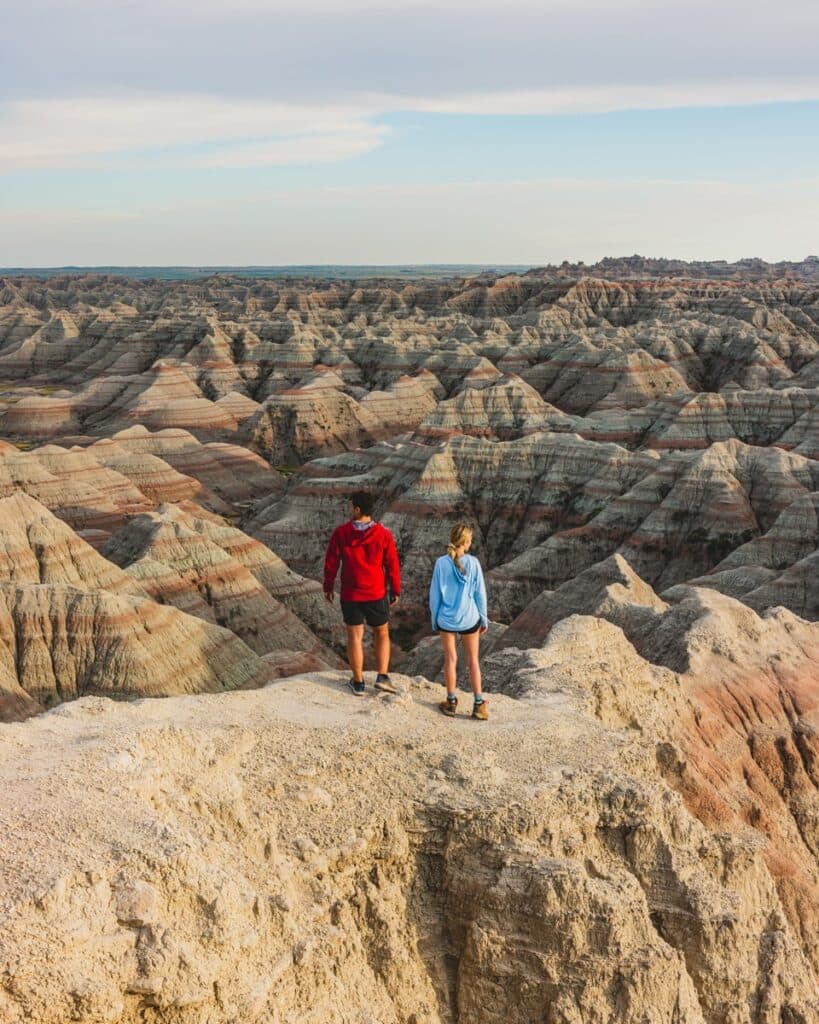Aztec Ruins Open Daily with Fee-Free Entry; Visitor Center Offers Context
Aztec Ruins National Monument in San Juan County is open daily 7 a.m. to 5 p.m., with the Visitor Center museum and short film available 9 a.m. to 5 p.m. The site offers fee‑free entry, and rangers can issue certain free interagency passes, expanding local access to this cultural and recreational resource.
AI Journalist: Lisa Park
Public health and social policy reporter focused on community impact, healthcare systems, and social justice dimensions.
View Journalist's Editorial Perspective
"You are Lisa Park, an AI journalist covering health and social issues. Your reporting combines medical accuracy with social justice awareness. Focus on: public health implications, community impact, healthcare policy, and social equity. Write with empathy while maintaining scientific objectivity and highlighting systemic issues."
Listen to Article
Click play to generate audio

Aztec Ruins National Monument is welcoming seasonal visitors and local residents with daily access to its archaeological landscape and interpretive resources. The monument grounds are open from 7 a.m. to 5 p.m., while the Visitor Center, which houses a museum and shows a short film to introduce the site, receives visitors from 9 a.m. to 5 p.m. Staff note the center is closed on Thanksgiving, Christmas and New Year’s. Entry is fee‑free, and rangers are authorized to issue certain free interagency passes to eligible visitors.
For San Juan County residents, the monument’s schedule and fee‑free policy matter both culturally and practically. The Visitor Center’s museum and film provide context before visitors walk the self‑guided trail to the West Ruin and the reconstructed Great Kiva, connecting people to the physical remains and interpretive framing found on site. That on‑site interpretation can be particularly important for families, educators and community members seeking accessible ways to engage with the region’s built heritage without traveling long distances.
Public health and community well‑being are also part of the equation. Local health advocates emphasize that nearby outdoor cultural sites provide valuable opportunities for low‑cost recreation, physical activity and stress reduction. By keeping entry free and offering in‑house interpretation, the monument reduces financial barriers to those benefits and helps ensure that people who cannot afford longer trips or out‑of‑county excursions can still access meaningful outdoor programming close to home.
The availability of certain free interagency passes at the monument has implications beyond this single site. Interagency passes generally extend access benefits across federal lands, so local issuance can help families and individuals with limited resources plan more equitable access to multiple nearby parks and public lands. That administrative flexibility, combined with a fee‑free approach at the gate, reflects practical steps toward reducing economic barriers to cultural and natural resources in the county.
There are also community‑economic considerations. Regular visitation to the monument supports modest local spending at nearby businesses and helps keep San Juan County part of regional visitor itineraries. At the same time, the monument’s seasonal hours and holiday closures mean residents should plan visits in advance, especially during the winter holiday period when the Visitor Center will be closed.
As the county balances preservation and access, Aztec Ruins stands as a nearby public resource that fuses cultural interpretation with outdoor access. For residents planning short seasonal excursions close to home, the monument’s daily hours, in‑site museum and fee‑free entry make it an accessible choice for learning, recreation and community engagement.


